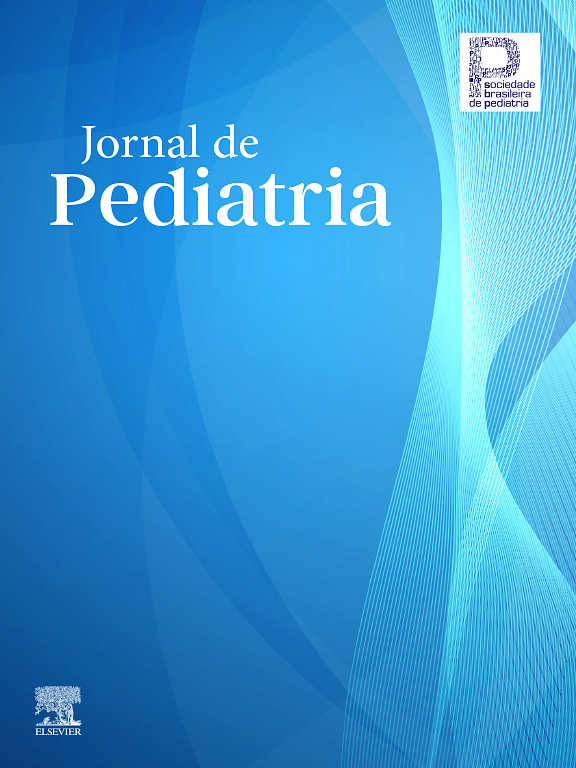The objective of this study is to assess the anthropometric evolution of children who had been assisted by the Malnourished Children's Recuperation Program in the town of Embu, as well as to analyze some variables that interfered in this evaluation. The study included 233 children aged under five, enrolled in the program from January 1984 to December 1985. 201 (86,3%) were undernourished grade II and 32 (13,7%) grade III, according to Gomez. The percentage increase of Weight in relation to Age (W/A) and Height in relation to Age (H/A) - outcome variables, in the first and last examinations in the program - were analyzed, using the multiple linear regression. Ÿounger children and in worse nutritional conditions showed higher W/A and H/A increases. Low birth weight, more frequent examinations, and longer stay in the program were associated to lower W/A increases. The presence of chronical pathologies jeopardized the H/A rate increases. This result strengthens the importance of developing programs for the assistance of undernourished children, due to higher risk of morbi-mortality in this group, mainly in younger children and with worse nutritional conditions.
The Impact Factor measures the average number of citations received in a particular year by papers published in the journal during the two preceding years.
© Clarivate Analytics, Journal Citation Reports 2025
SRJ is a prestige metric based on the idea that not all citations are the same. SJR uses a similar algorithm as the Google page rank; it provides a quantitative and qualitative measure of the journal's impact.
See moreSNIP measures contextual citation impact by wighting citations based on the total number of citations in a subject field.
See more







